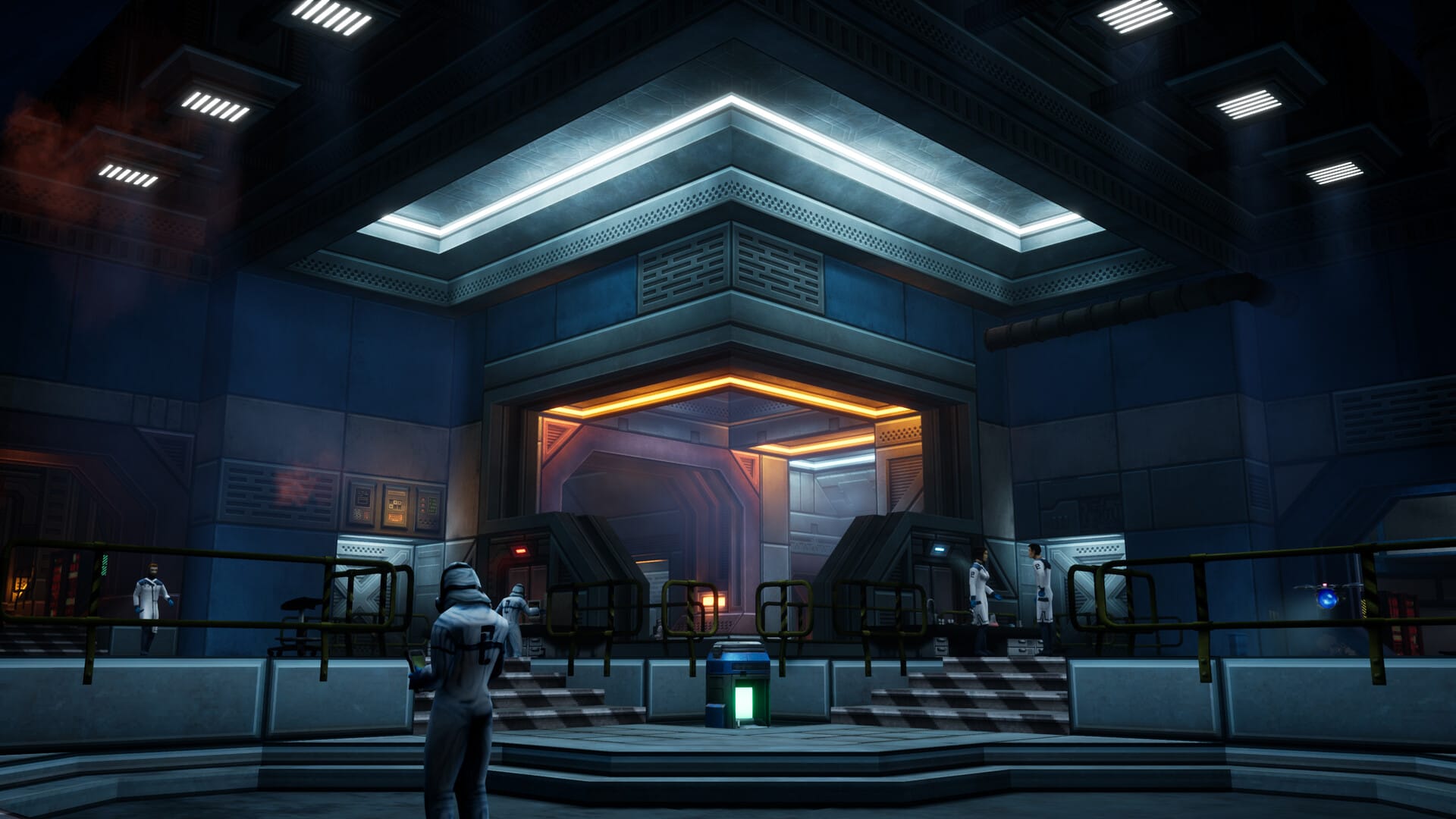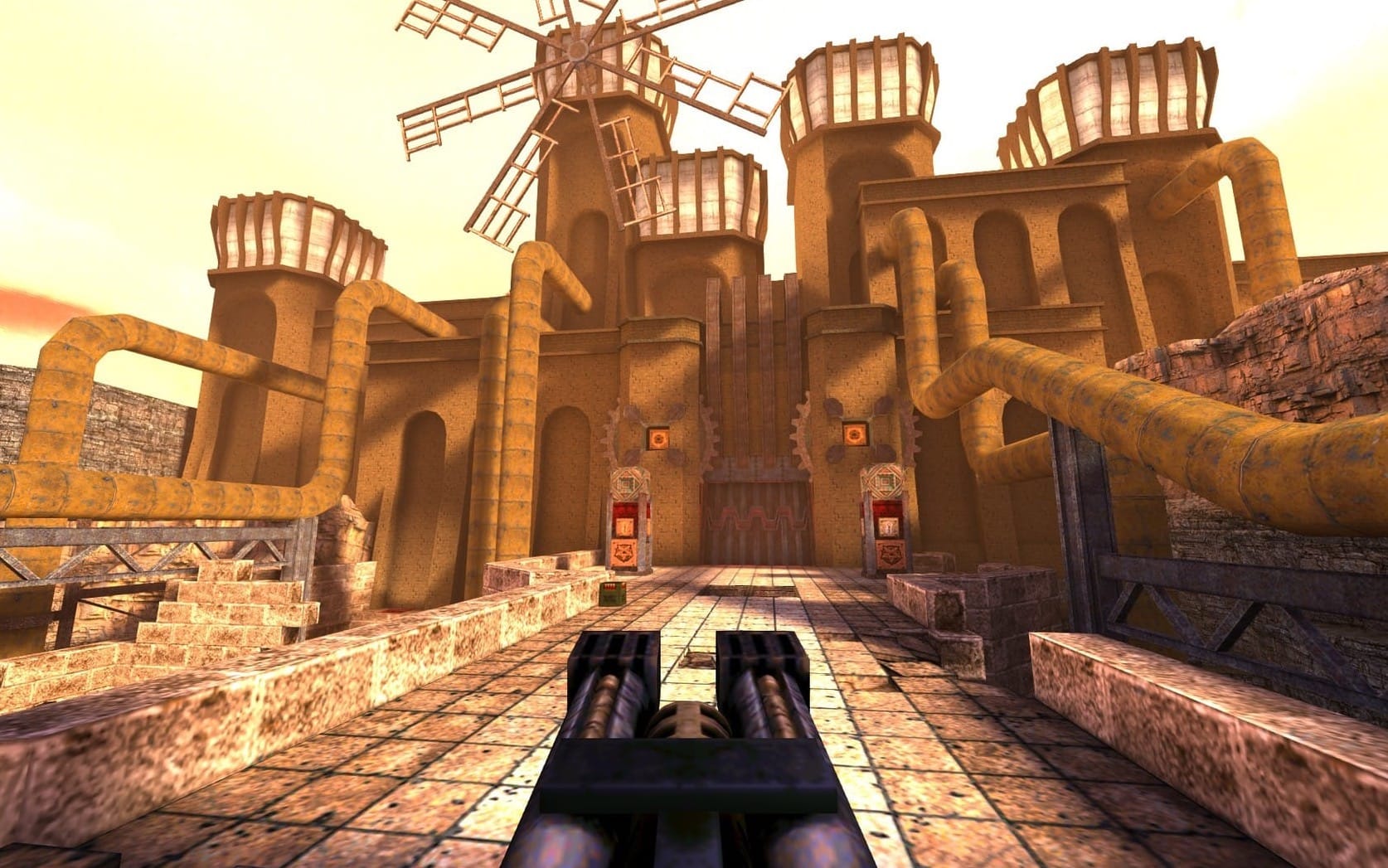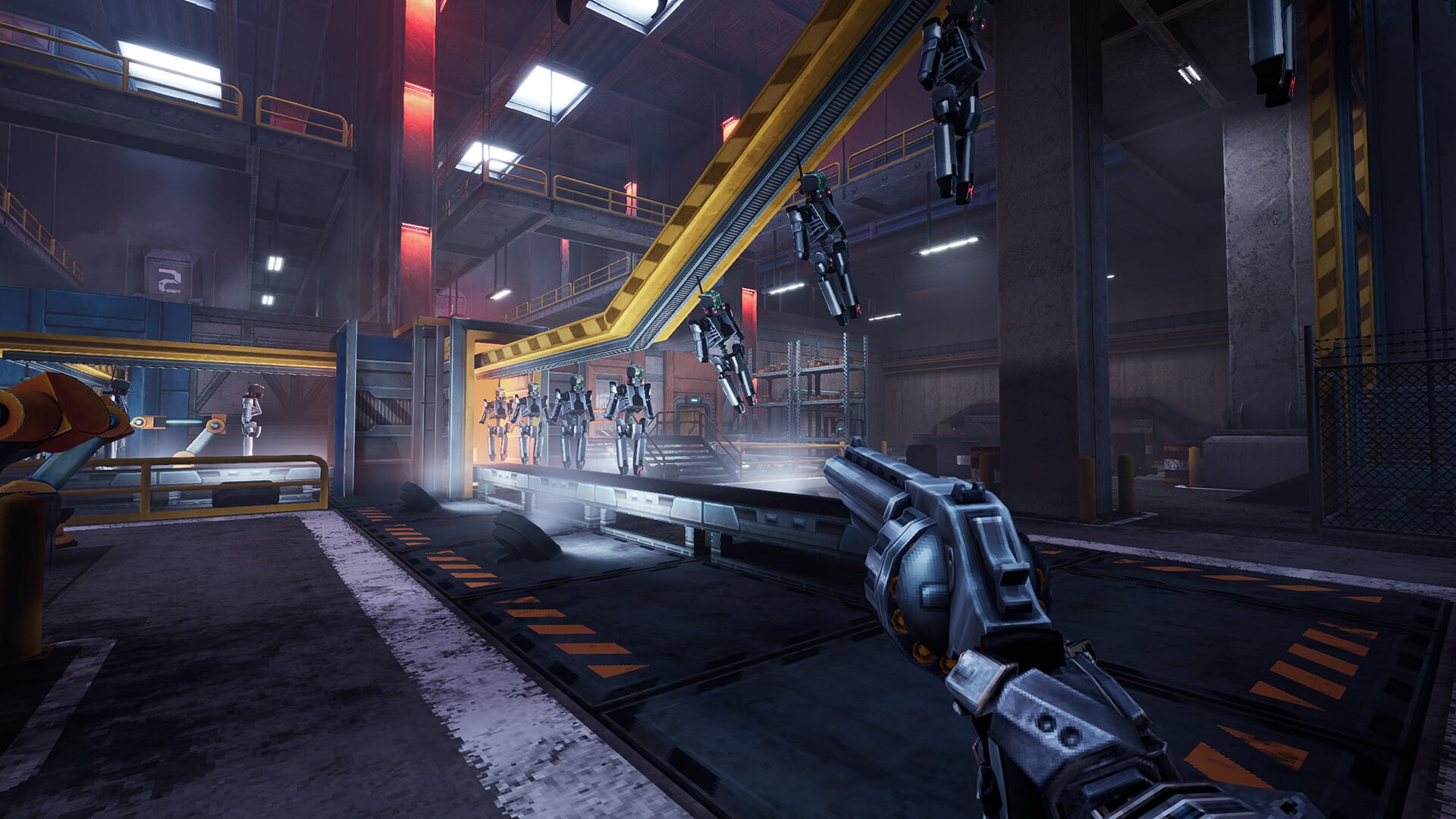Phantom Fury and the Beauty of Homage
Satisfying our boomer shooter cravings

First person shooters (FPS) have been around for quite a while. Of all the gaming trends to come and go over the last four decades, it seems like FPS games refuse to go down. Ever since the likes of Wolfenstein and Doom popularized the idea of shooting from a first person perspective, the genre has continually dominated as some of the best selling and highest rated games of all time. There's a huge resurgence of sorts happening in the FPS world right now with countless games attempting to recapture one of the best time periods for the genre itself – the 1990s.
Games like Duke Nukem 3D, Quake, Hexen, Heretic, and the aforementioned Doom were at the top of the gaming food chain in the '90s. Recently coined "boomer shooters," these fast-paced shooters had an emphasis on movement, crazy over-the-top weapons, minimal story, huge set pieces, and intricate level design. This is in stark contrast to the more modern realistic take on the FPS genre we've seen over the last few years. Action was the name of the game. You didn't always need to know why you were shooting these awesome guns at these oftentimes disgusting and monstrous baddies, just that shooting them felt exhilarating and challenging. The point of these games wasn't to move you emotionally or challenge your world view; it was about turning you into an action hero defying the odds and (usually) saving the world.

Recently coined "boomer shooters," these fast-paced shooters had an emphasis on movement, crazy over-the-top weapons, minimal story, huge set pieces, and intricate level design.
The last 10 years have provided an influx of modern boomer shooters to introduce a new audience to the woefully underrepresented genre. A game like Doom Eternal is a perfect example of modernization within in the retro FPS space. Doom Eternal, and a lot of games like it, tend to skew towards a complete modern version of every aspect of the boomer shooter itself. This modernization arguably makes for an objectively better gaming experience overall, but it fails to scratch that itch of the pixelated masterpieces of the 1990s. Doom Eternal feels like the best Doom game, but it doesn't feel exclusively like Doom. That's where a game like Phantom Fury steps in, and boy does it scratch that itch hard.
Phantom Fury was developed by Slipgate Ironworks and Phoenix Game productions. It is the sequel to 2019's Ion Fury, which is itself a sequel to 2016's Bombshell. At first glance, Phantom Fury may not look like anything too unique. Like many titles in this genre, Phantom Fury presents itself with the modern retro aesthetic; pixelated textures, blocky and polygonal in-game models, and a vintage level design. The devil is definitely in the details, however, as Phantom Fury takes advantage of how many more pixels can be packed into these tighter spaces thanks to the "modern" part of today's technology. The game can look downright beautiful at certain points, especially during the outdoors sections, and it really captures that ever-so-important aspect of modern retro games – it feels like how I remember games looking like back then.
As far as gameplay is concerned, it is a little bit less exciting than the art style direction may make it seem. Phantom Fury covers the basics of what a boomer shooter should be: there's a huge arsenal of fun and inventive weapons that all serve different purposes, ammo can sometimes be hard to come by and as such forces the player to switch weapons and be thoughtful with their choices, staying in one spot for too long means you'll get chewed up by enemy fire, and your health and armor are pickups that don't regenerate when you're outside of combat. While this may be all pretty standard stuff when it comes to boomer shooters, Phantom Fury is still really fun to play. Guns feel decidedly punchy and devastating to use, with the aim of the game not necessarily being the best crack shot in the room, more-so just annihilating all of the enemies in front of you. So many of the weapons – like the main character's delightfully over-the-top triple-barrelled revolver known as "Loverboy" – look like they should put bowling ball sized holes in people, and Phantom Fury understands this. Many of the more powerful weapons will kill a weaker enemy in a single shot, making mowing down your combatants extremely satisfying.
The real beauty of Phantom Fury shines through in its loving depiction of those who came before. There are so many games in this genre (such as the much maligned Duke Nukem Forever) that takes these references way too far. This not only forces the experience to lose all of its own identity, but it causes the games to slide from "cheeky little reference" to "irreverence and envy for a game it considers its better." Phantom Fury doesn't do this, instead taking much of what made FPS games from previous time periods great and drawing from them exclusively.

Doom Eternal feels like the best Doom game, but it doesn't feel exclusively like Doom. That's where a game like Phantom Fury steps in, and boy does it scratch that itch hard.
So many times I found myself smiling at how well this game did at feeling like an experience I've had before while being something completely new. So many shooters from the past strove to be an example of how intricate physics engines could get and how to implement them in a fun and dynamic way. A symptom of this is that every single object in a lot of these games are interactable, oftentimes for no good reason. Appropriately, pretty much everything in Phantom Fury has some sort of physics. Whether you're throwing a bottle across the room for fun or spinning an office chair endlessly while it squeaks, if it looks like you can mess with it, you probably can. When you read computer terminals to activate objects or read information, it zooms in on the actual terminal itself; arcade and claw machines are totally usable, with some going as far as giving you ammo or keeping up with your high score; using keypads means physically manipulating each individual button with a virtual outstretched finger. It seems like a lot of these aspects of the retro shooter have been deemed unnecessary, but it all went so far in immersing the player in the world around them. Sometimes it can slow down the pace of the game, but for the most part, it's a net positive to make more of the world feel real, despite the pixelated textures. This goes as far as being able to use the physics to solve puzzles or circumnavigate an obstacle, which can show a real relationship between the player and the world they're in. One of my personal favorite aspects of boomer shooters makes a return here as well, being that you are able to get your health and armor over 100% if you're able to find health capsules and armor pieces after you're already full. It isn't a huge change, but it's enough to make diving after health and constantly checking every nook and cranny for secret areas (of which there are many if you look around) worth it. This includes the various food items found throughout the game, and there's something so charmingly video game-y about opening up a bedside table, seeing a half-eaten slice of pizza, and devouring it without hesitation for the single percentage of health boost. All of this speaks nothing to the literal references to other games found within Phantom Fury. Little extra details go a long way, and whether it's porta potties named after Portal or a soda brand named after Doom's cacodemons, there's always more fun Easter eggs right around the corner if you look hard enough.
There's a certain level of jank present in Phantom Fury that's very easy to adore. AI can sometimes be a little bit wonky, movement can feel a little bit strange, and hit detection can seem off. Even though these aspects can easily be interpreted as a negative, it truly does add to the feel that you're playing something from an antiquated era. Those of you who are familiar with boomer shooters may see Phantom Fury as just another entry in the popular genre, but for me, it helped satisfy a craving I've been having for a good long while. Even though it never hits the same level of high as these titles, there were multiple times throughout where I had the feeling I was playing the original Half-Life or even the cult-darling Timesplitters. If a $25 USD fps released to relatively quiet reception can do that, I think it hits every mark it sets out to.
The obligatory sewer level still sucks, though.
